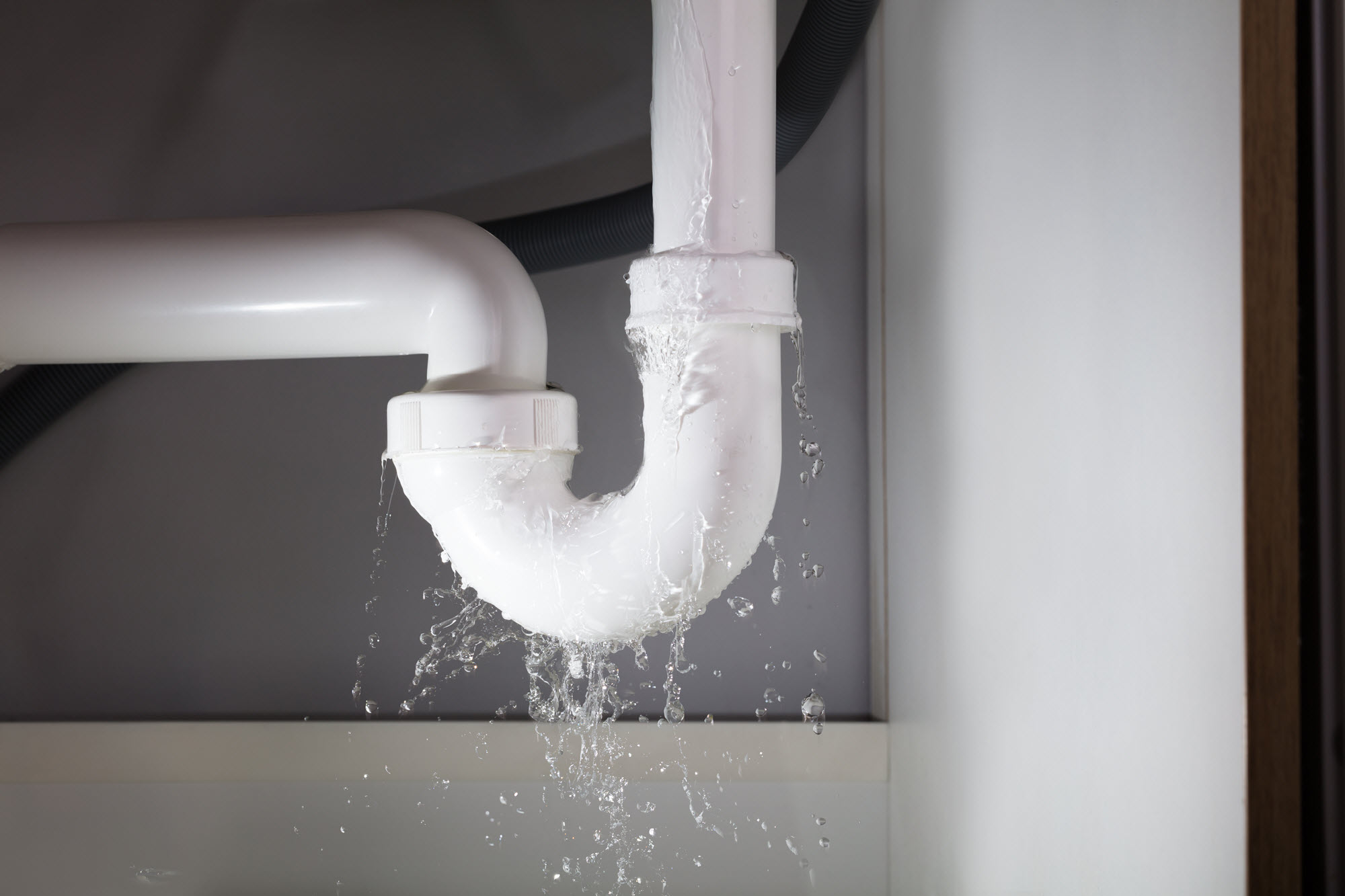Homeowners policies do not cover all types of water damage. While the terms of your policy will determine what types of water damage are covered and the amount of coverage available, typically homeowners policies do not cover flooding. The Standard Flood Insurance Policy, available for purchase from the National Flood Insurance Program (NFIP), defines “flood” as:
a general and temporary condition of partial or complete inundation of two or more acres of normally dry land area or of two or more properties (at least one of which is your property) from:
- overflow of inland or tidal waters;
- unusual and rapid accumulation or runoff of surface waters from any source;
- mudflow; or
- collapse or subsidence of land along the shore of a lake or similar body of water as a result of erosion or undermining caused by waves or currents of water exceeding anticipated cyclical levels that result in a flood as defined above.
If water enters your home in one of these ways and causes damage, this would be considered a flood and your homeowners policy would NOT pay for that damage; instead, you would need to have a flood insurance policy.
But if the water seepage is not the result of a flood, you will not have coverage under your flood policy. For example, if surface water or sub-surface water seeps into your basement through a foundation wall or floor, a flood policy will not cover the damages. Generally, you will NOT be covered for the resulting damages under your homeowners policy, either. Problems from seepage are considered maintenance issues and are generally not covered by insurance.
On the other hand, if water overflows a sump pump or sewage enters your home through pipes or drains designed to carry it away, your homeowners insurance may provide coverage if you have purchased a water/sewer back-up endorsement from your insurance company. If you have this coverage, most policies will pay for the damage done by the water or sewage that backs up into your home; however, most policies will not cover the cost to repair or replace the pipe or drain. While the scope and amount of coverage will be established by your homeowners policy, Maryland law requires that your insurance company offer you this type of coverage and most companies offer several different coverage limit options.
Finally, if a pipe in your home suddenly bursts and water flows all over the floors, a homeowners policy will usually cover the damage caused by the water. However, repair or replacement of the pipe is not covered. You should check the terms of your policy to learn more about the scope and amount of coverage your specific policy provides.
For more information about the differences between flood insurance and homeowners insurance, call us today!
Source: www.insurance.maryland.gov.








